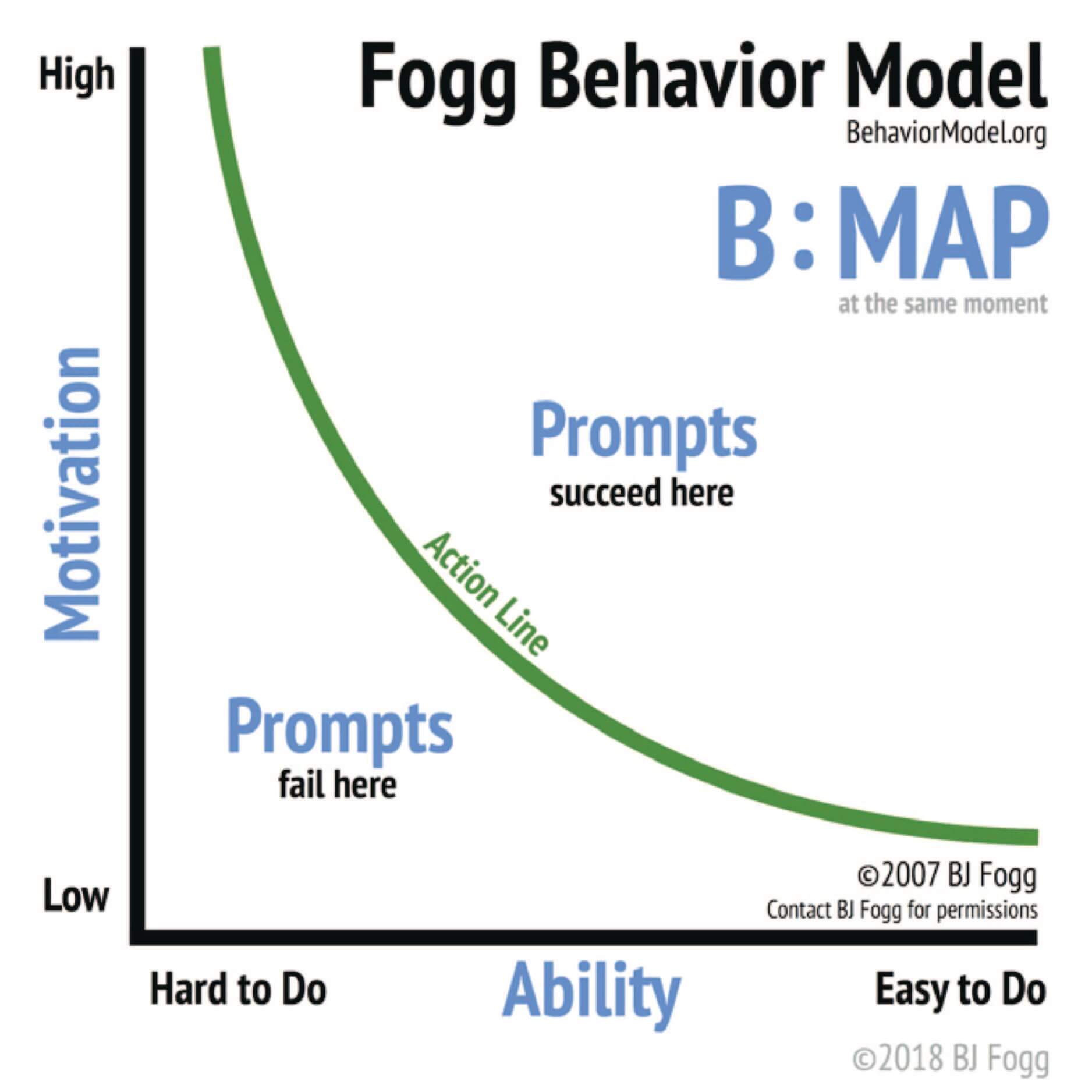An estimated 2 million people in the United States have a substance use disorder related to opioid pain medications. To put that into perspective, that is 1 in every 13 individuals. Too often these people suffering from addiction feel as if there is no way out.
What they don't know is that although it may feel impossible to resist the impulse, you can treat opioid addiction.
The reason that change can feel so difficult for patients, is because of the opioids ability to cause a strong physical dependency. Furthermore, the withdrawal itself can often become so intense that it promotes the continuation of drug use. However, with the right amount of motivation, willpower, and detox method, there is a nearby road to recovery.
It is not outside of the norm to struggle with addiction and become frustrated. Because opioid addiction changes the brain and creates compulsions, overtime, these changes can make it seem as though individuals are experiencing a state of “euphoria.” When realistically what is happening is that the opioid is masking the actual symptoms, making treatment feel difficult until the proper treatment is reached.
The good news is that at the Coleman Institute, we recognize the entire journey from substance use to recovery. By implementing a behavior framework, eliminating barriers, and building a strong support network - you can be on your way to stopping opioid addiction, quickly.
Eliminating Barriers to Treat Opioid Disorders
Willpower has often been noted to play a role in the loss of control when it comes to substance use. BJ Fogg, author of Tiny Habits, says:
"...motivation and willpower get a lot of airtime. People are always looking for ways to ramp them up and sustain them over time. The problem is that both motivation and willpower are shape-shifters by nature, which makes them unreliable."
Fogg says for people to change a behavior, there must be the perfect storm of three components happening simultaneously:
A Framework for Behavior Change
 He goes on to explain that you can visualize this model in two dimensions. (See Fogg Behavior Model.)
Along this vertical axis is the level of motivation for a behavior and it can range anywhere from high to low.
Along the horizontal axis is the ability to do a behavior. Like the vertical motivation axis, the horizontal axis is also a continuum.
He goes on to explain that you can visualize this model in two dimensions. (See Fogg Behavior Model.)
Along this vertical axis is the level of motivation for a behavior and it can range anywhere from high to low.
Along the horizontal axis is the ability to do a behavior. Like the vertical motivation axis, the horizontal axis is also a continuum.
On the right is high ability, and he labels that side as "easy to do". On the left side of this horizontal axis are behaviors that are "hard to do".
What this framework further identifies is that when motivation, ability, and prompt come together - that is when a true behavior will occur. If for some reason one element is missing from the equation, the behavior will not happen as it should.
This framework is very important in relevance to addiction, as addiction itself is very much type of behavior or habit. If you apply this framework specifically to addiction nd learn how to apply it to the challenging problem to stop use, you can create a new habit and break the bad habit in this specific approach.
The key to understanding this framework in response to addiction is identifying the prompt (trigger). If you assume that ability and motivation are always constant, the prompt turns out to be the key factor in deterring the behavior. Hence, the reason why patients are addicted to certain things.
For specific example, if an individual is depressed and feels pain after surgery, opioids will soothe them for some time. When the effect wears out, the pain and depression will be back which was the prompt. Until this prompt is not removed, this behavior will continue until the brain has reinforced the behavior the more you do it.
Fro many the prompt (trigger) can differ. It can range from social situations or mental states; yet the ability to find and eliminate the prompt will lead from addiction to recovery.
Motivation, Ability, and Prompt in Action
Here’s a further example: Let’s say I’ve decided I need to cut down on sugary sweets. My motivation may be high because I’ve gained a few pounds, and I’ve been told by my doctor I am in danger of developing diabetes.
If a prompt comes along in the form of freshly made donuts delivered to the break room, with the aroma stirring my dopamine to new heights, my mere visit to the break room makes the behavior of eating the donut much easier. In contrast, if my motivation is still high, but I avoid the break room, the ability to avoid eating the donut(s) is easier. The donut is the prompt, the motivation is the desire to cut down on sugary treats, and the behavior is eating or avoiding the donut.
Fogg points us to the action line, which shows the relationship between motivation and ability. If someone is anywhere above the action line when prompted, they will do the behavior. Eat the donut or avoid the donut, depending on the scenario. If they are below the action line, they won’t do the behavior.
UNDERSTANDING ACCELERATED OPIOID DETOX
Using Behavior Change in Substance Use Disorders
A substance use disorder is far more complex than a simple behavior change model would suggest. Addiction is a bio-psycho-social condition and requires interventions at all these junctures. However, I do think it is helpful to utilize this science of behavioral change and find ways to intentionally incorporate these concepts to enhance a recovery program.
Patients who come to the Coleman Institute for Addiction Medicine are generally quite high on the motivation scale. Our patients are no longer having fun with their drugs (if they ever did — many of our patients were simply overmedicated by doctors for pain conditions). These people want to stop using opioids such as hydrocodone, oxycodone, hydromorphone, oxymorphone, heroin, and — as we are seeing most often these days — fentanyl.
The Coleman Institute Difference
Using Fogg’s model, our Accelerated Opioid Detox can skew the horizontal axis to the right, making the act of detoxing easier to do. Our program differs from many approaches in several distinct ways:
- We treat our patients in an outpatient setting. The first and last days of what is usually a 5-day detox will require a stay of several hours. The intermediate days, about 20 minutes. This also means no hospital expenses.
- We utilize a safe combination of multiple comfort drugs. I have heard tough stories from my patients who have gone to ‘detox’ programs, having been promised way more than was ever delivered.
- Families or other chosen support members are integrally involved in our process from the beginning through the end.
- Our treatment utilizes long-acting naltrexone to ensure that physical cravings are no longer a prompt for sabotaging success.
If you would like more information for yourself or a loved one, consider taking advantage of this effective treatment that can launch recovery and freedom from opioid dependence or opioid addiction. True, long-lasting, recovery will require a lifetime of self-knowledge and daily attention and intention, but getting off the opioids must happen first.
If you are motivated, let us help you.
Joan R. Shepherd, FNP


